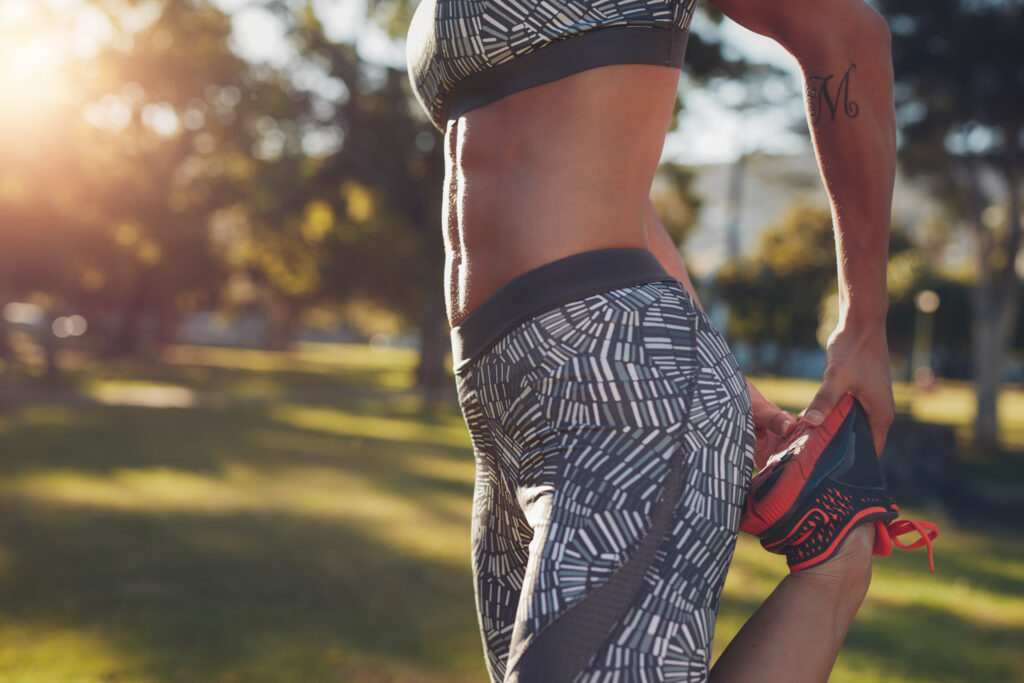When a woman has around 11 percent body fat, her physique takes on a highly lean appearance, especially when compared to the average body fat percentages seen in the general female population. For context, many women naturally carry between 25-31% body fat, so 11% is notably leaner.
At 11 percent body fat, the contours of the muscles become much more visible, particularly in good lighting. This means that not only will the abdominal muscles show prominently – presenting the coveted ‘six-pack’ look if she’s trained her core – but other muscle groups like the arms, legs, and back will have a defined appearance as well. Fat deposits that typically cover muscle definition, such as those on the hips, thighs, and waist, will be minimized.
There might be a visible separation between the deltoids (shoulders) and biceps/triceps (upper arm muscles). The vascularity, or visibility of veins, could also be more pronounced, especially after a workout, though this varies from individual to individual. The legs will show distinct muscle separation, with the quads, hamstrings, and calf muscles being particularly defined.
However, it’s essential to understand that reaching and maintaining such a low body fat percentage might not be sustainable or healthy for many women. The body needs a certain amount of fat for regular hormonal functions. At very low percentages, menstrual irregularities or cessation can occur. There can also be other health concerns, like decreased immune function or bone density issues.
In terms of appearance, while some appreciate the aesthetic of a super-lean physique, others may feel it looks too muscular or “hard.” Preference is subjective. It’s also worth mentioning that skin type and elasticity, genetics, and how the fat is distributed on one’s body play a role in how 11% body fat might look on different individuals.
So, if you’re aiming for this level of leanness, it’s vital to be informed, prioritize health, and consider seeking guidance from a professional.

